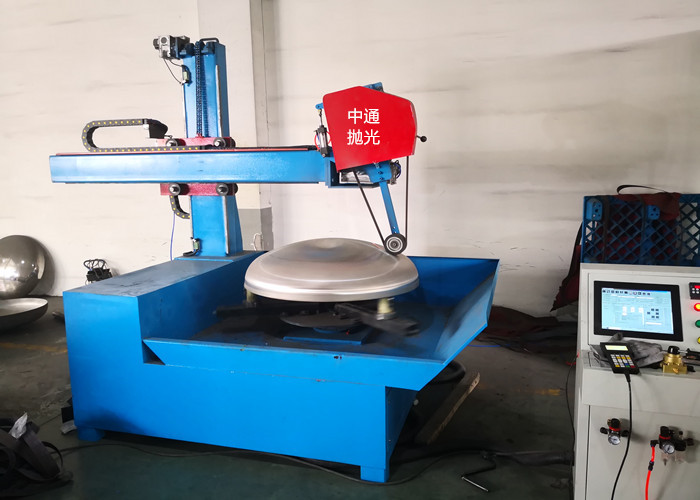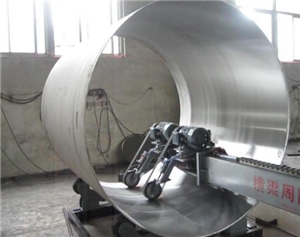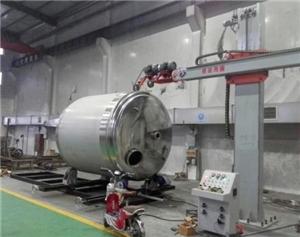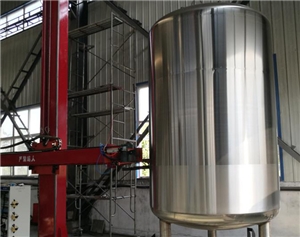公司动态
What are the types of wire drawing on metal surfaces?
Types of Metal Surface Brushing
According to decorative needs, metal surface brushing can be processed into several types including straight grain, random grain, thread pattern, and spiral grain.
I. Straight grain brushing refers to processing straight lines on the metal plate surface through mechanical friction. It serves the dual purpose of removing scratches from the metal surface and decorating the metal surface. Straight grain brushing includes continuous silk grain and intermittent silk grain. Continuous silk grain can be obtained by continuous horizontal friction on the metal surface using scouring pads or stainless steel brushes. By changing the wire diameter of the stainless steel brush, patterns of different thicknesses can be obtained. Intermittent grain is generally processed on brushing machines. Production principle: Using two sets of differential wheels rotating in the same direction, the upper set is a fast-rotating grinding roller, and the lower set is a slow-rotating rubber roller. Aluminum or aluminum alloy plates pass between the two sets of rollers and are brushed with fine intermittent straight Z patterns.
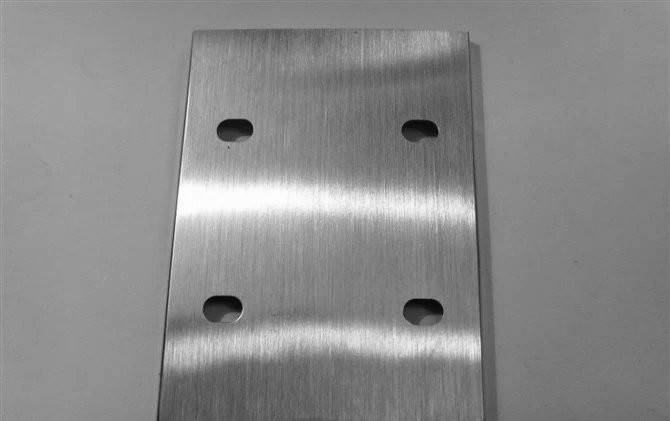
II. Random grain brushing is a matte silk pattern obtained by moving the metal back and forth, left and right under high-speed rotating copper wire brushes, resulting in irregular patterns with no obvious grain. This processing requires higher surface quality of the metal sheet.
Wave patterns are generally produced on brushing machines and texturing machines. Using the axial movement of the upper grinding roller, the metal surface is brushed to produce wave-like patterns.
Spiral grain, also known as spiral polishing, is a silk pattern obtained by rotating and polishing the metal surface with cylindrical felt or nylon wheels mounted on a drilling machine, using kerosene mixed with polishing paste. It is mostly used for decorative processing of circular signs and small decorative dials.
Thread pattern is produced using a small motor with a circular felt mounted on its shaft, fixed on a table at an angle of about 60 degrees to the table edge. Additionally, a sliding plate with a fixed metal pressure strip is made, and a polyester film with straight edges is attached to the sliding plate to limit the thread width. Using the rotation of the felt and the linear movement of the sliding plate, consistent-width thread patterns are rubbed onto the metal surface.
III. Spiral grain, also known as spiral polishing, is a silk pattern obtained by rotating and polishing the metal surface with cylindrical felt or nylon wheels mounted on a drilling machine, using kerosene mixed with polishing paste. It is mostly used for decorative processing of circular signs and small decorative dials.
Thread pattern is produced using a small motor with a circular felt mounted on its shaft, fixed on a table at an angle of about 60 degrees to the table edge. Additionally, a sliding plate with a fixed metal pressure strip is made, and a polyester film with straight edges is attached to the sliding plate to limit the thread width. Using the rotation of the felt and the linear movement of the sliding plate, consistent-width thread patterns are rubbed onto the metal surface.

